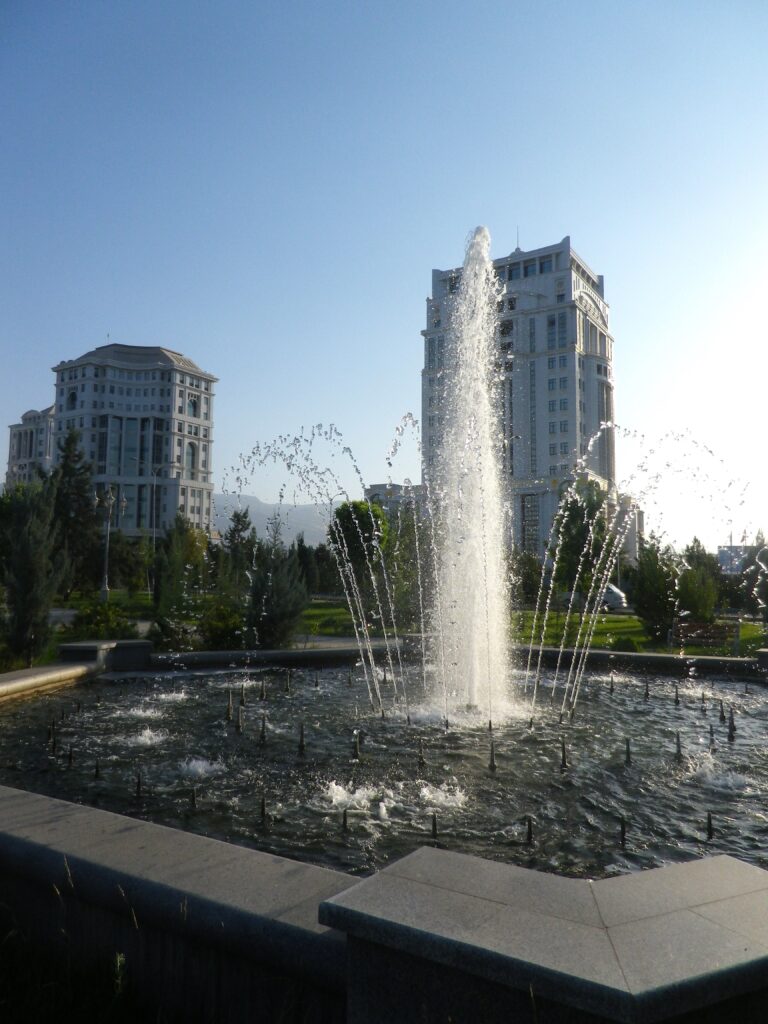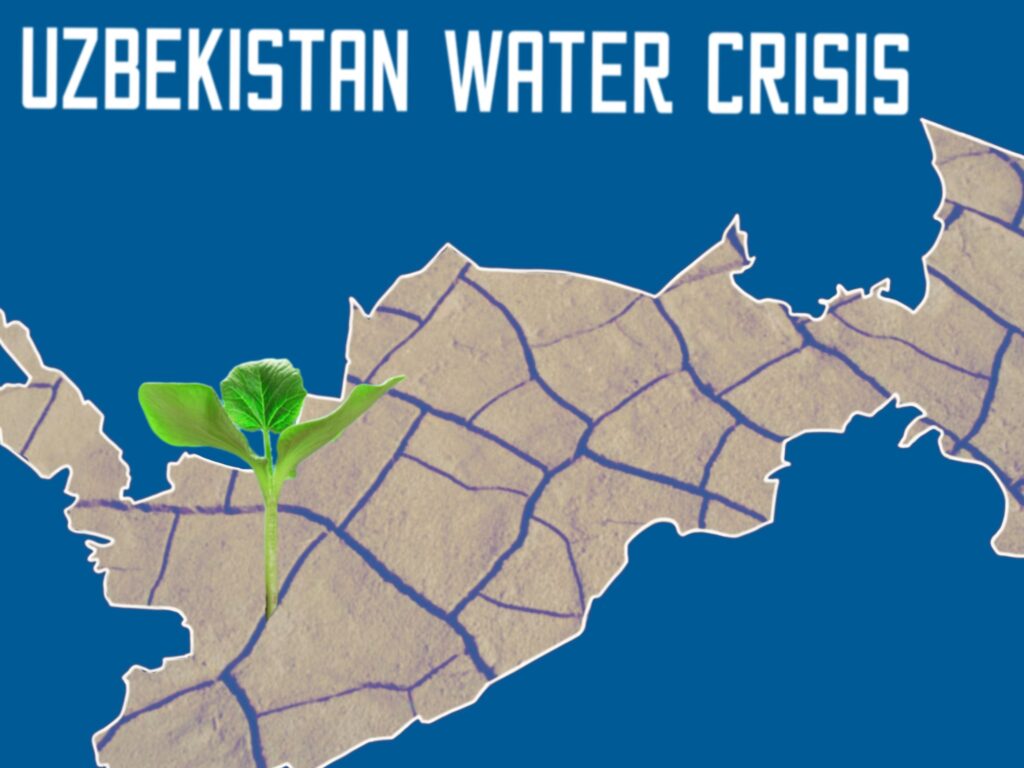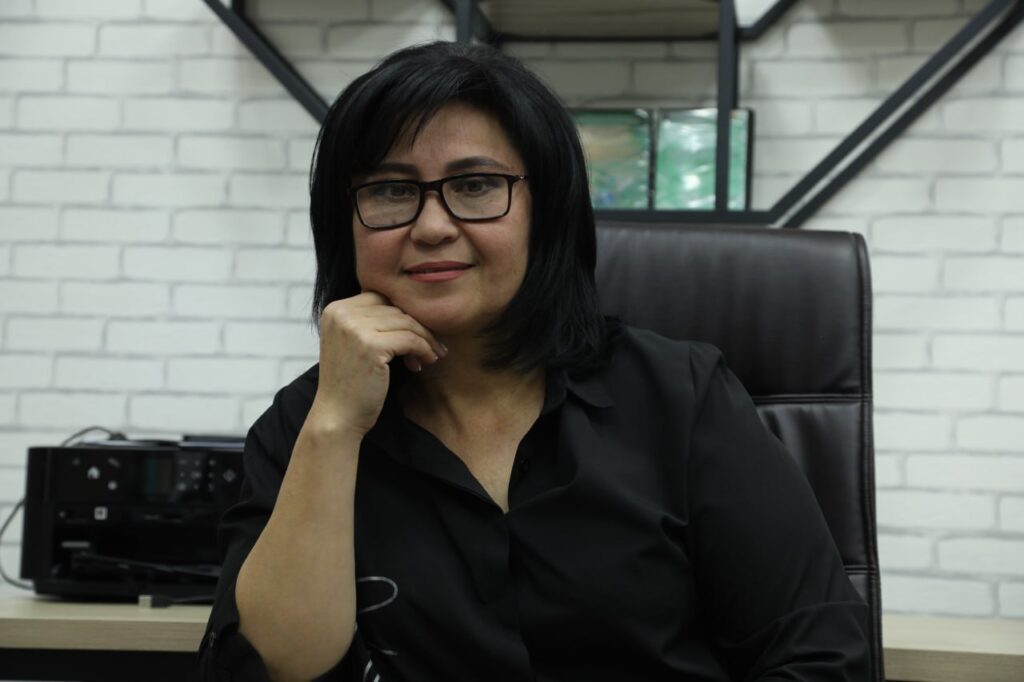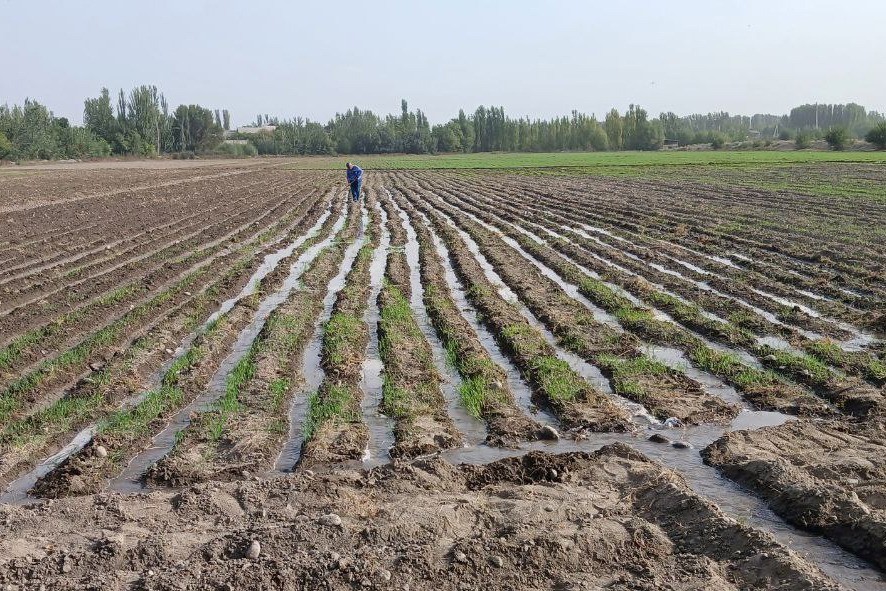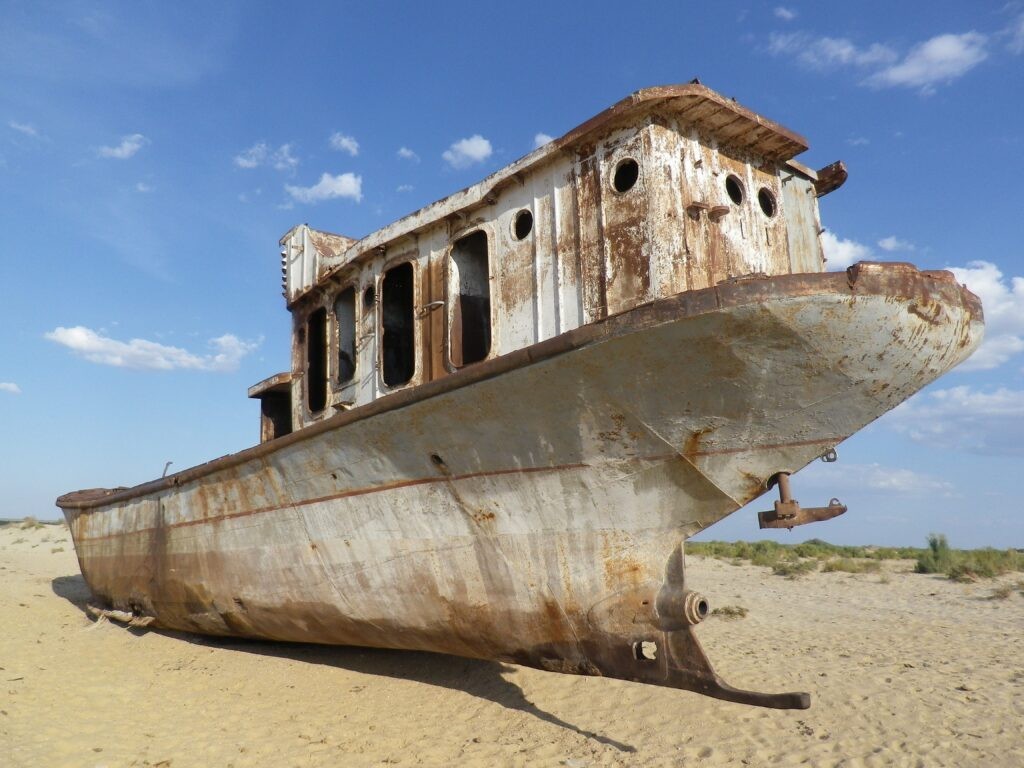Turkmenistan Using Almost All Available Water Resources With No Additions in Sight
Meteojournal has reported that Turkmenistan's State Statistics Committee has published a voluntary national review of its progress in implementing the global agenda for sustainable development until 2023 on its website. According to MeteoJournal, in 2021, almost all water resources in the country – 92% – went to agricultural needs. Another 5% was used by industry, and only 3% went to household needs. At the same time, Turkmenistan used almost all available fresh water resources, and due to increasing consumption, the country has no additional water sources. In 2016, the utilization rate of water resources reached 97.5%; in 2018, it had dropped to 89.9%, then in 2020 it reached 85.2%, and in 2021 -- 87.1 percent. Meteojournal stated that the increase in demand for fresh water can be met only through its rational use. According to the review, 95% of the population has access to clean and safe water, whilst 99.9% of the population uses water supply services organized in compliance with safety requirements. The share of safely treated wastewater in 2022 was 57.4%. Meteojournal, which familiarized itself with the review, noted that Turkmenistan - which possesses huge potential for using renewable energy sources such as solar and wind energy - is currently not harnessing its potential. The review mentioned the construction of a 10-megawatt (MW) hybrid power plant using solar and wind energy in Kyzil-Arvat. The project was planned to be completed in January 2024, but has yet to open, and local media haven't reported any updates on the pace and status of the work.
